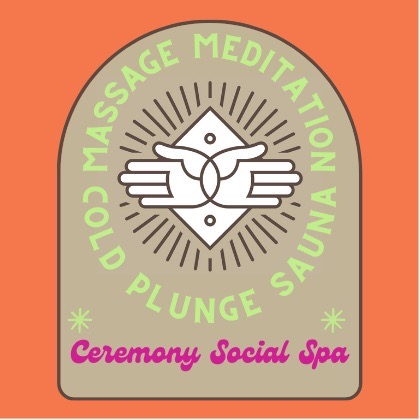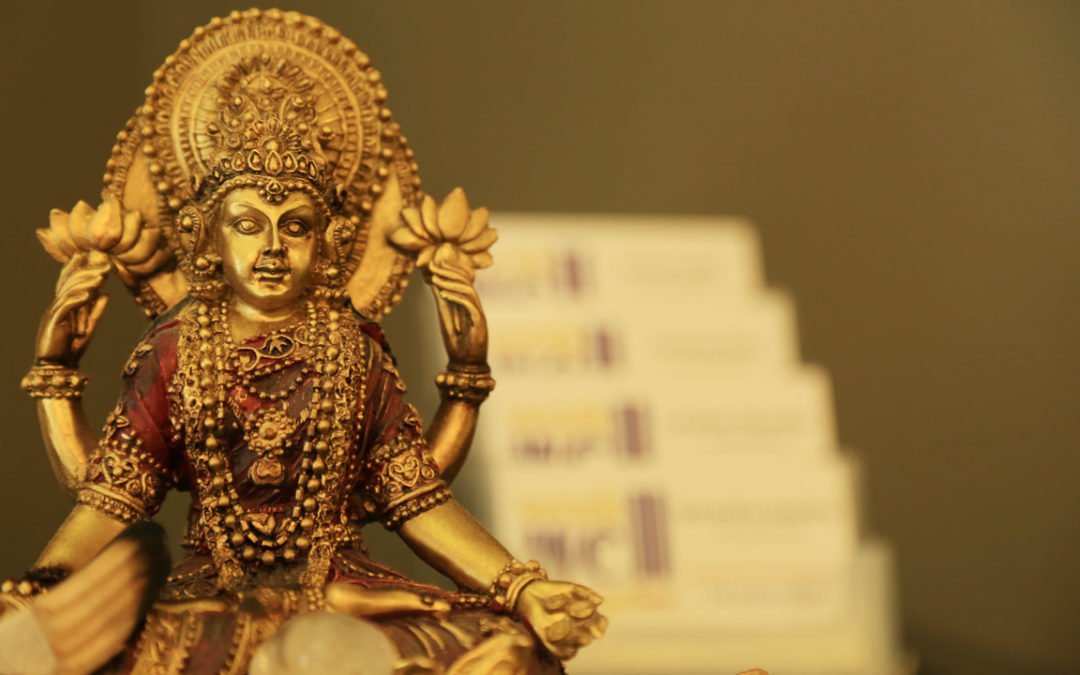Who remembers the moment during the town hall debate between presidential nominees Donald Trump and Hillary Clinton when they each were asked to name one thing they admired about the other? The question was uniquely non-political, and at the time, I thought it was a bit of a throw-away. Trump said he admired Hillary’s resilience, and Hillary said she admired Trump’s children. I doubt either of them had ever spent a moment considering what they liked about each other before the surprising question was asked. And that’s too bad.
During this time of polarization characterized by fear and anger on both sides of the political spectrum, it is difficult to find ways of coming together. It’s a fine line we are all walking, between standing up for our beliefs and respecting the beliefs of those who disagree. Between keeping a watchful eye on acts of fear, hatred and prejudice carried out by our elected representatives and keeping watch over those same tendencies in ourselves and our allies. It’s a fine line, but we can walk it.
My spiritual life started out fairly reluctantly and skeptically about 10 years ago, but the positive results were undeniable. Since that time, it has picked up steam, and now my Buddhist meditation practice is at the center of my social, intellectual, and creative life. At this point, I thank my lucky stars every day to have found a spiritual path and community that I resonate so strongly with.
I bring this up, because my spiritual life has kept me grounded in love, compassion and self-inquiry during this time of national stress just as it has in times of personal stress. I have been reviewing the works of civil rights leaders and have seen that great leaders such as Martin Luther King Jr., John Lewis, Mahatma Gandhi, Thich Nhat Hanh and many others were able to access such courage and social power because they were deeply rooted in love which came out of their spiritual practices.
This is not to say that people who do not adhere to a spiritual practice do not default to love and compassion in their activism. But in my experience, making a deep and sustained commitment to studying the doctrines of love and kindness, learning from great teachers, practicing every day and having a community to practice and discuss with has greatly enhanced my ability to maintain my composure and my moral compass in all kinds of situations.
Tonight, I read a paper titled Possible Implications for Addressing Moral Injury through the Use of Lojong-Based Contemplative Practice. You can read the entire paper
HERE, and I recommend it.
Moral Injury was a new term for me. It applies to the pain and anger experienced when we witness moral norms violated by others or when we violate our own (for instance, soldiers when they harm others despite inner beliefs against harming others).This is a fascinating topic and an interesting and new (to me) way of looking at some of the underlying causes of PTSD, anxiety and depression.
Lojong is a Tibetan Buddhist practice that consists of 59 slogans which are used for training the mind. Even for experienced practicioners of Buddhist inquiry, it is helpful to read a commentary or two about each of the slogans in order to understand their meaning. These practices are widely applicable and very wise. The slogans as well as commentaries are easy to find online.
This article also introduced me to the Shinshu Buddhist practice of Naikan. This practice helps us break out of our conditioned views of others who have caused us harm or who we have witnessed causing harm to someone else. We tend to view those people who have caused great harm entirely negatively. While we may feel justified in doing so, it actually does harm to us, because we, too, sometimes break our own moral code, and when we do, we also tend to view ourselves as entirely negative. It is healthier to be able to practice seeing the good aspects of all people.
I know this is treading on sensitive ground here, so let me be clear. This is not a call to ignore, excuse or tolerate bad behavior. It is simply to notice the truth, that all people engage in acts of kindness as well as acts of violence. Some more than others, but the point is that knowledge is power. We give up our own power when we allow our pain to blind us to the entirety of a person. If we are going to deal effectively in reality we have to let ourselves see the whole picture. Experiencing trauma tends to close our minds as we retract in fear, and this practice can help us open our minds to take in more information.
The practice is to take a person that has caused you or someone else harm and ask yourselves these 3 questions about that person:
- What have I received from (person x)?
- What have I given to (person x)?
- What troubles and difficulties have I caused to (person x)?
A related fourth question, “What troubles and difficulties has (person x) caused me”, is purposely ignored in Naikan. Naikan presupposes that we’re all naturally good at seeing answers to this fourth question, and that too much focus on this question is responsible for much of one’s misery in day-to-day life.
I only discovered this practice tonight, and already I have found it quite liberating and enlightening. It is useful for both the personal and the political, and it is the kind of tool that can help us all right now. I have been making long lists and discovering/remembering the ways in which people who have harmed me have also shown me kindness. Again, I know this is scary territory for many who have been abused or badly injured. Perhaps it is not the right practice for all people at all times. Still, it has been shown to be very effective precisely for people who have experienced horrible violent trauma.
There is a famous teaching in Buddhism about the second arrow. The teaching goes that if you are shot with an arrow, it will be very painful, But if you are then shot by a second arrow that strikes you in the exact same place as the first arrow did, the pain of the second arrow will be many times greater. The analogy here is that the pain caused to us by any wrong-doing is magnified exponentially by our own re-playing of the injury. Our mental obsession with how we were hurt is the second arrow. It can be very difficult to loosen the knot of obsession when we have been injured, even when we know it would be healthier for us to do so.
The practice of Naikan is a way for us to begin to zoom out from our fixed beliefs and loosen that knot, creating more room and space for the truth to emerge and for happiness and calm to prevail. As I said, I have found it to be very liberating. So, if you feel like it, give it a try. And while you are at it, maybe start a running list of what our political foes have done for us. It might become a useful balm that helps us keep our balance in a stormy situation.
In gratitude,
Asenath

